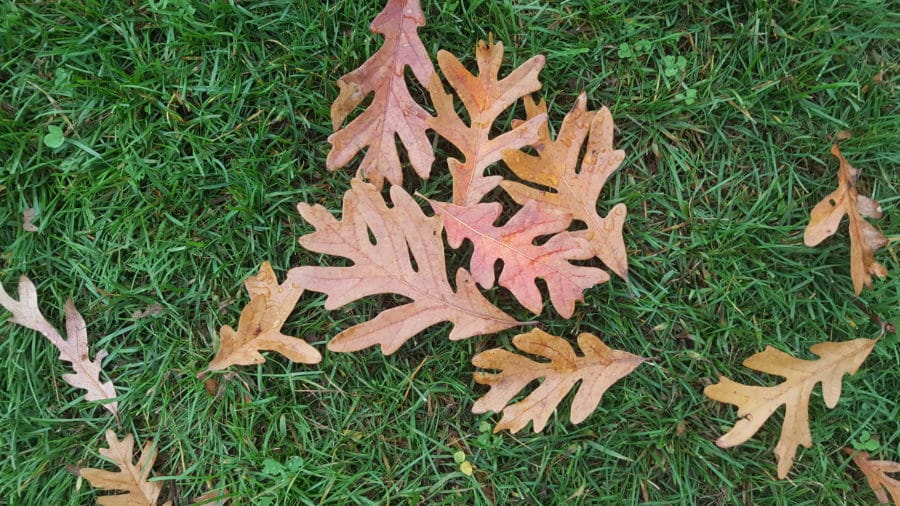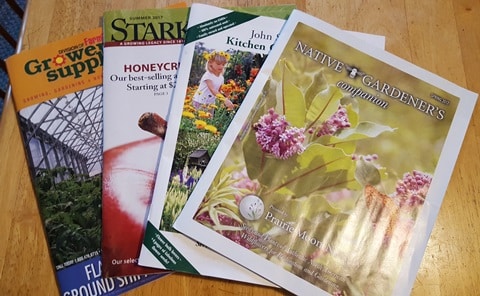Fire sounds like a dangerous thing in the landscape – we currently have a huge grass fire burning in the central part of the U.S. causing loss of life and property. The past few summers have been full of reports of massive fires burning in California, Nevada and Colorado – again claiming lives and property in the paths of the flames. Of course, Smokey the Bear warns us to prevent forest fires – so fire must be bad in the landscape, right?
Actually fire presents a two-sided coin. Fire in places where there hasn’t been one for a long time is bad. Fuel loads build up and once a fire starts it spreads through the dry forest very quickly. In the west, there had been a long period of drought causing the habitat to be very dry. The drought also caused trees to die and leaves to drop, adding to the fuel available for the fire, making them even more intense.
[lightbox link=”http://norcrosswildlife.org/wp-content/uploads/2017/03/umass-burn-1.png” thumb=”http://norcrosswildlife.org/wp-content/uploads/2017/03/umass-burn-1-150×150.png” width=”150″ align=”left” title=”” frame=”true” icon=”image” caption=Montague Plains””]Smaller, periodic fires have a purpose, however. Fire can be used to clear away some of the ground debris rather than letting it collect to cause a bigger fire. Fire can also be used to keep the woody trees and shrubs in check – prevent them from growing so big that they cast deep shade on the ground below. Here in the Northeast, our drought periods tend to be shorter and less severe. Annual rain and snowfall is sufficient to keep leaf litter and dead logs moist and somewhat resistant to fire. In the Northeast, controlled burns are used to restore and manage barren communities and improve wildlife habitat. The ash resulting from a fire can have a positive impact on growth of plants in the community. It is thought that Native Americans may have used fire to reduce leaf litter, and encourage shrub growth to attract prey such as deer to parts of the forest in the Northeast.This topic of managing vegetation and improving wildlife habitat will be the subject of our last winter lecture: From Pine Barrens to Whip-Poor-Wills presented by Chris Buelow of the MA Natural Heritage and Endangered Species Program. This lecture will take place on Saturday, March 18th at 1:30pm. If you are wondering if there are alternatives to fire for habitat management, that will be covered as well. If you are interested in this program, please call 413-267-9654 or email lectures@norcrosswildlifesanctuary.kinsta.cloud.



